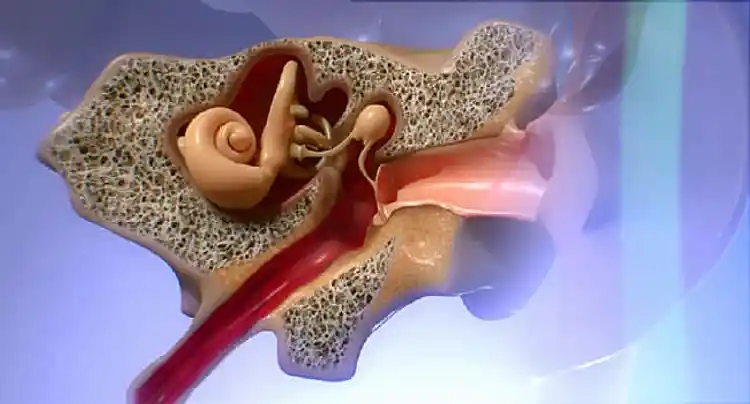Age-Related Hearing Loss: What Happens?

Hide Video Transcript
Video Transcript
Age-related hearing loss, called presbycusis, is a gradual loss of hearing in both ears that happens over time as you get older. Normally, sound waves enter your ear and travel through your ear canal. When they hit your eardrum, the sound waves cause it to vibrate. These vibrations are transferred to three small bones inside your middle ear and then to your cochlea, which is shaped like a snail shell and filled with fluid. Inside the cochlea, the moving fluid stimulates tiny sensory cells called hair cells. This causes them to release chemicals, which generate an electrical signal. The signal then travels along the auditory nerve to your brain, where its translated into a sound that you can understand. Age-related hearing loss usually occurs when the hair cells in your cochlea are damaged or die. Hair cells do not grow back, so this kind of hearing loss is usually permanent. Changes in the middle ear or along the nerve pathway may also play a role. While theres no single known cause, there are factors that may contribute to age-related hearing loss, including smoking, family history, long-term exposure to loud noises, certain medical conditions, like diabetes and heart disease, and some medications, like chemotherapy drugs. If you think you might have a hearing loss, talk to your doctor to find out about treatment options, like hearing aids, that might be right for you.

